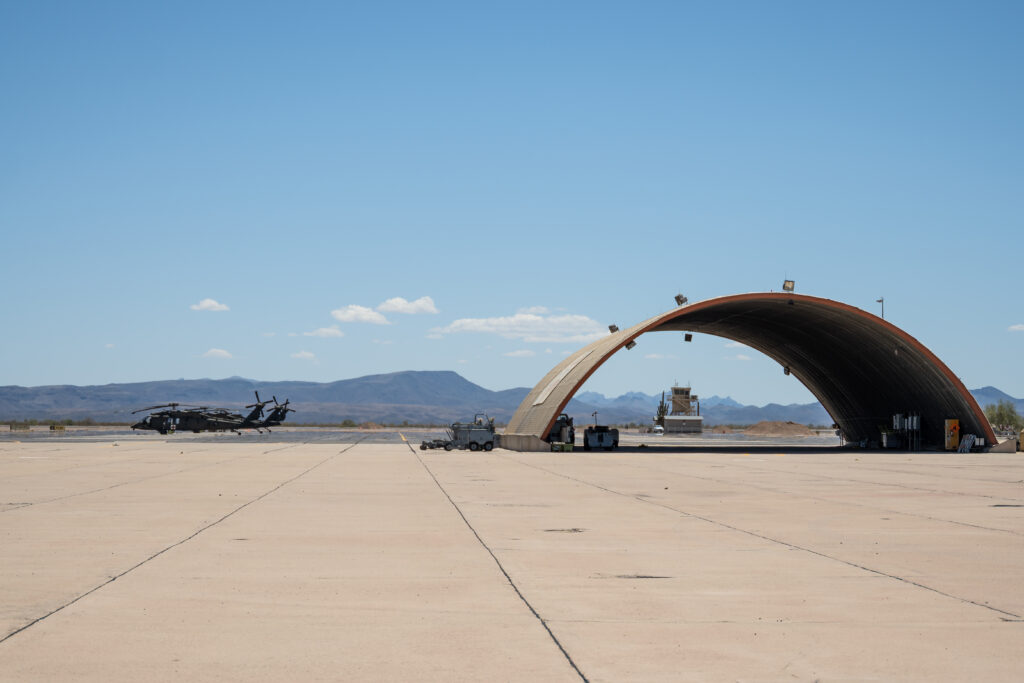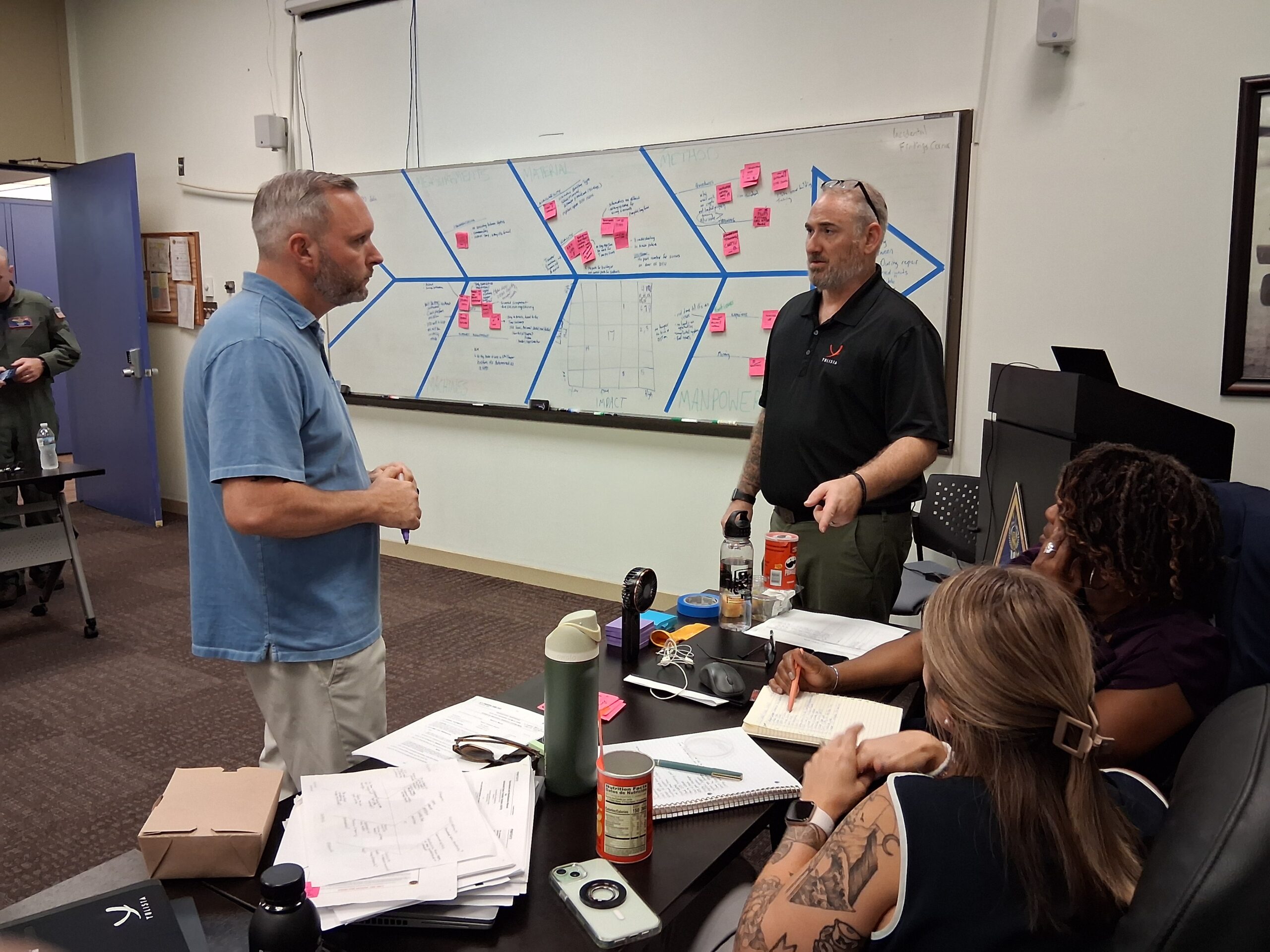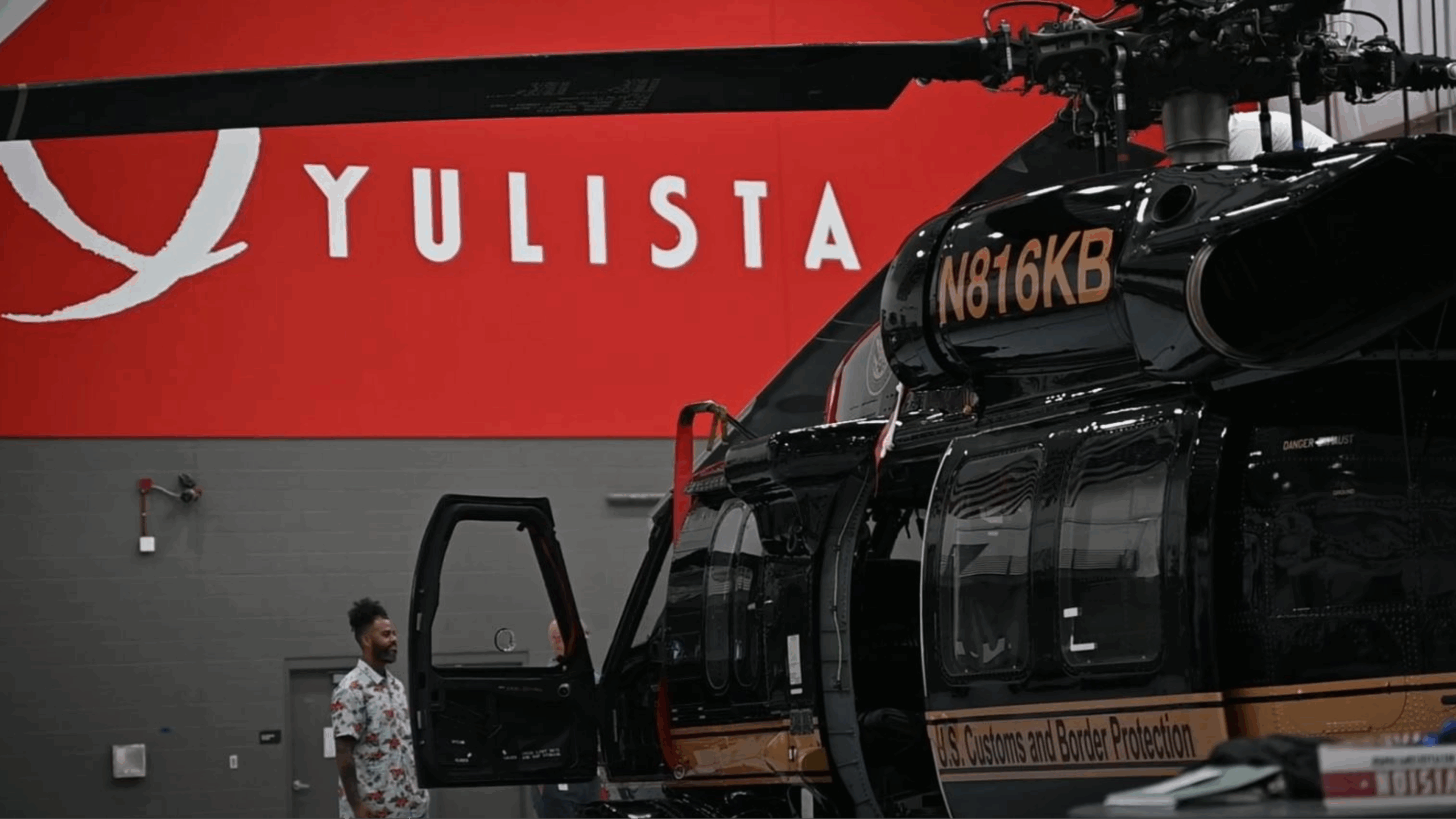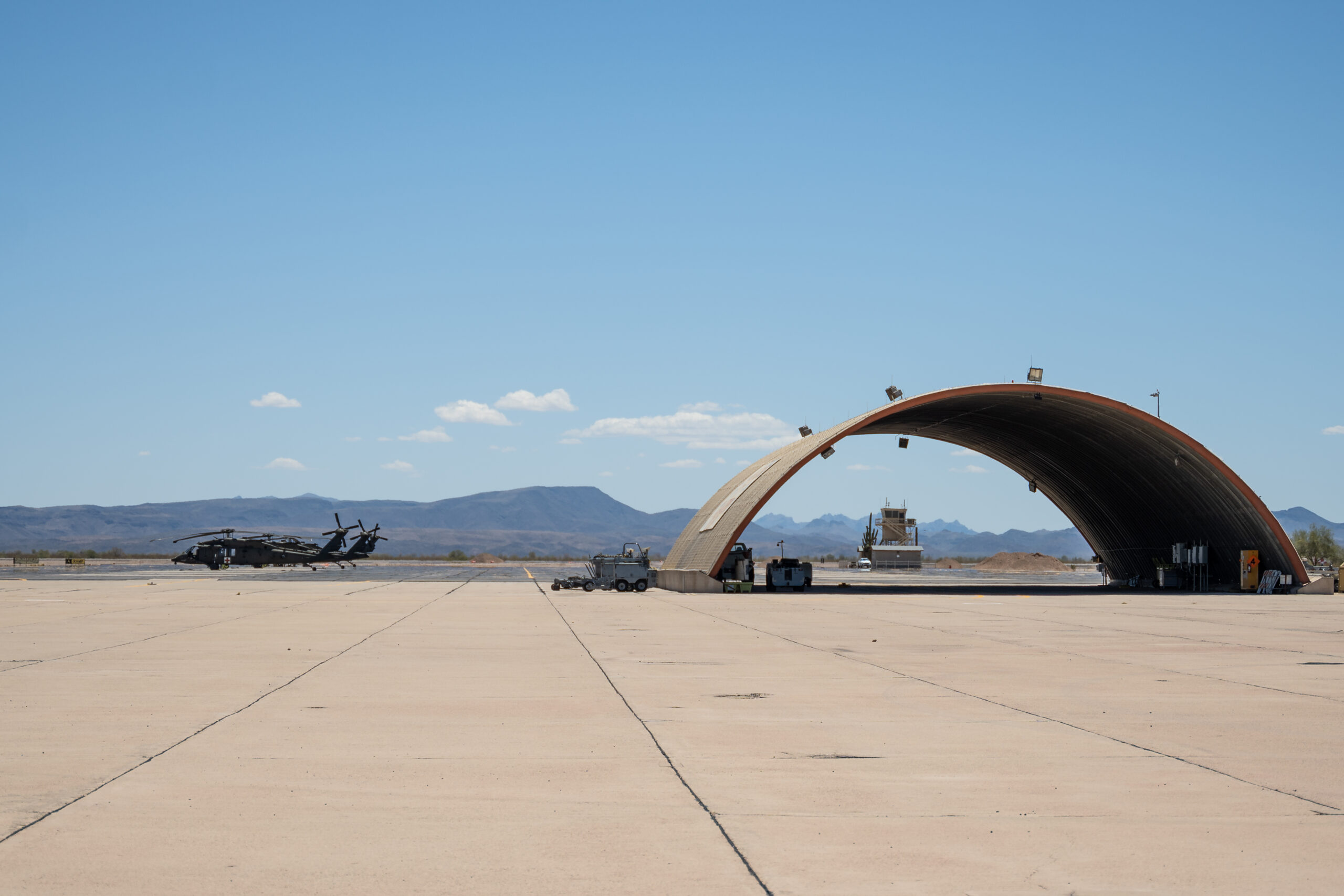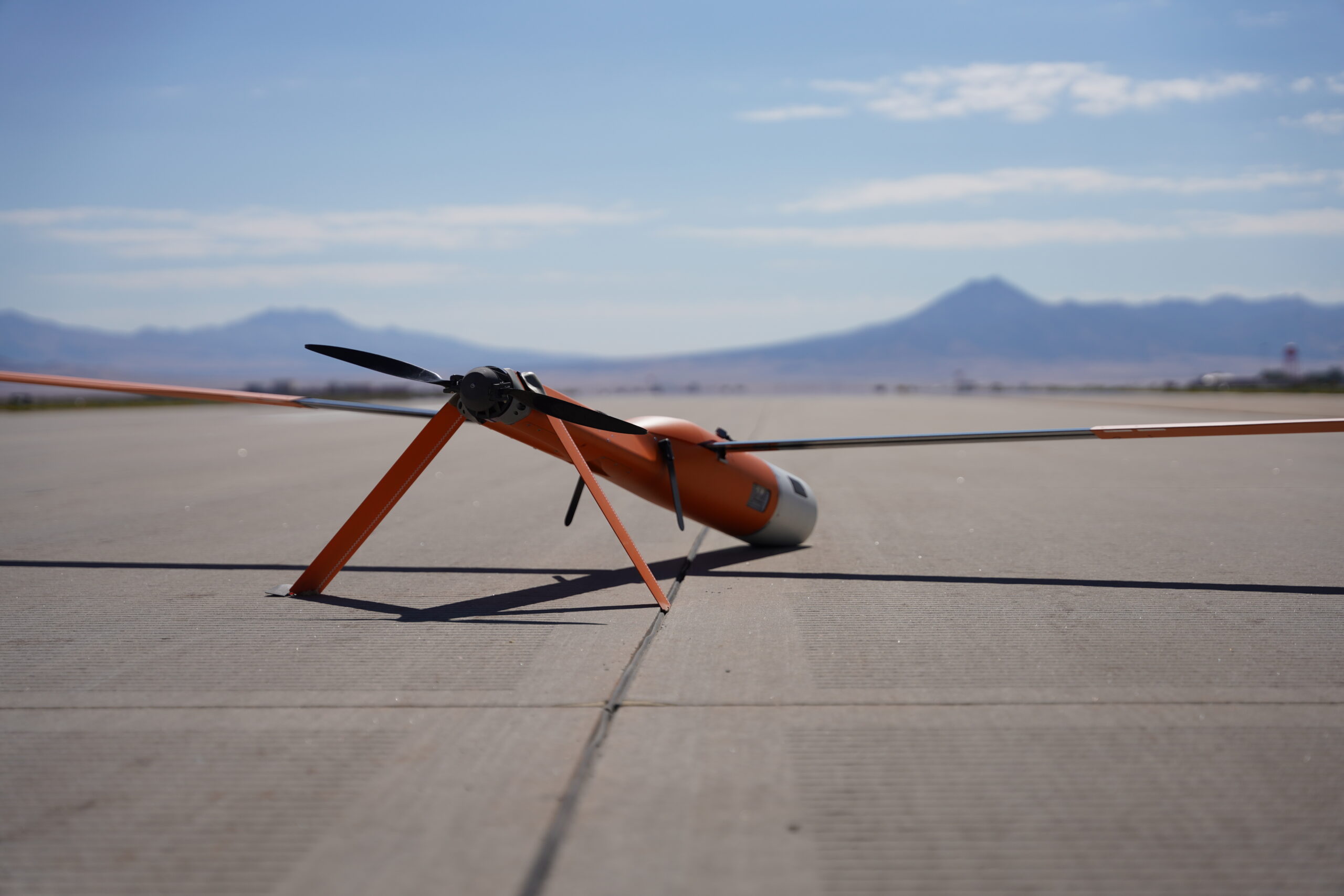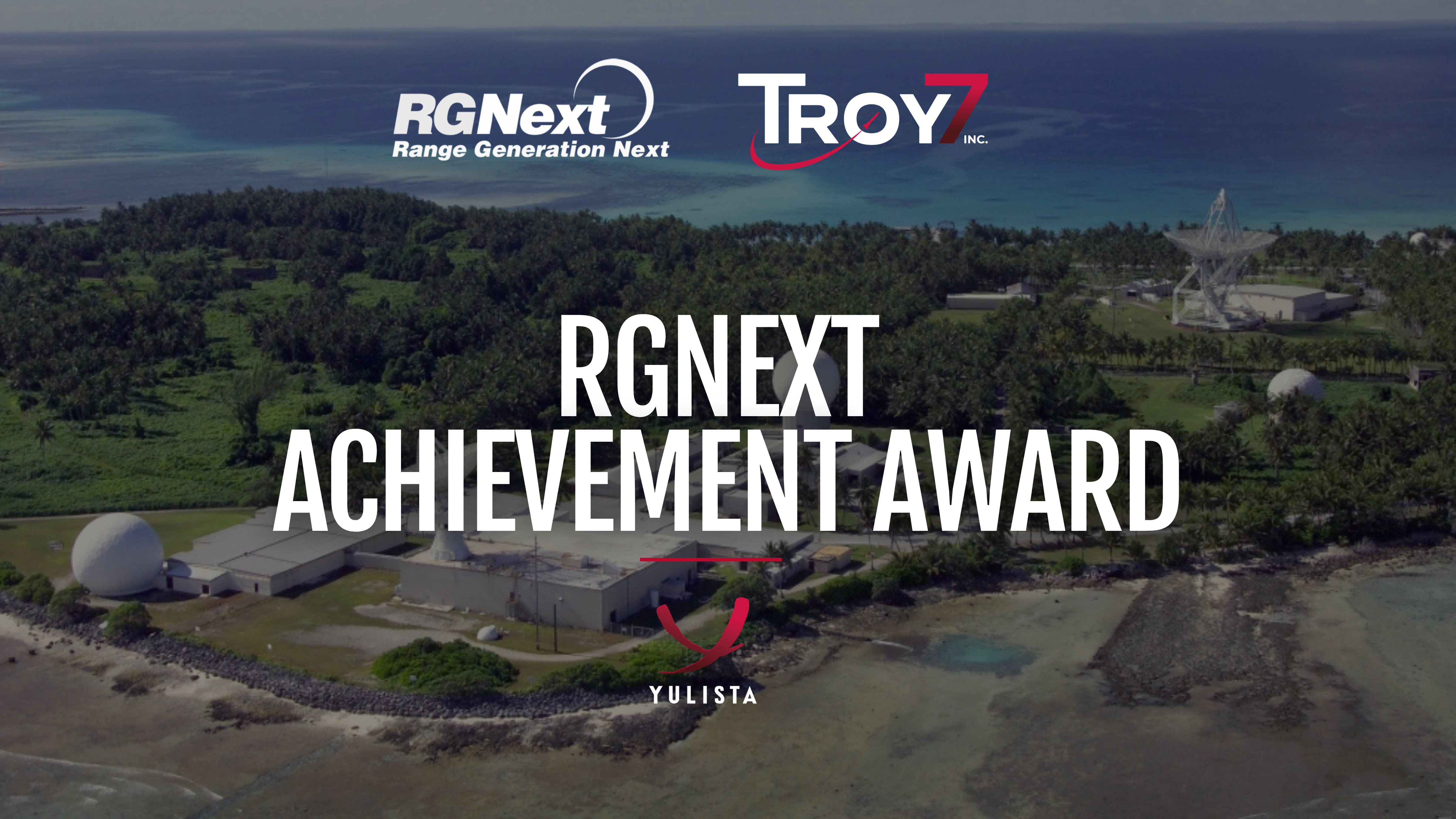Mission Details
Locations: Gila Bend Air Force Auxiliary Field, Barry M. Goldwater Range & Luke AFB, Arizona
Operating Subsidiaries: Tunista Logistic Solutions, Tunista Services LLC, Tunista Operations Support Services & Demil Transport Services
Employee Base: ~140 Personnel
Customers: U.S. Air Force, U.S. Army, U.S. Marines, U.S. Customs & Border Protection, & NATO Partners
Business Line: Base Operations Support
In Arizona’s vast desert, mission readiness is a 24/7 commitment. Military airbases require high-reliability and operational support that can adapt to evolving demands. Ensuring the safe, efficient, and continuous operation and training for our nations’ warfighters and airfield operations in remote desert environments requires a multi-faceted, experienced team. Our teams don’t just support the mission—they power it, protect it, and extend it beyond the visible horizon.
Mission Assurance
Gila Bend isn’t your average military installation—it’s a remote, high readiness, high-impact training site that plays a critical role in preparing U.S. Warfighters and allied forces for the unpredictable conditions of modern warfare. Operating in temperatures that often exceed 110°F, with terrain that stretches across more than 1.2 million acres of military airspace and a range complex with 7 geographically separated ranges and 1,600 targets, this is where operational excellence and human resilience converge to ensure mission assurance on a daily basis.
Range & Target Operations
Its ranges—NTAC, STAC, ETAC, R1–R4—are more than just acronyms; they are active, dynamic environments where the U.S. Air Force hones combat readiness through live-fire drills, rapid response exercises, and realistic threat simulations.
By mid-morning, Range & Target Management teams are already out in the field—navigating off-road paths, repairing existing target arrays, and installing new simulation tools. Their work enables warfighters to “train as they fight,” with full realism, critical feedback loops, and zero tolerance for delay. These target systems deliver the immersive experience needed to produce combat-ready pilots and ground forces.
Mission Continuity Through Engineering Precision
Meanwhile, our civil engineering crews are quietly executing the tasks that keep the base running. They handle everything from inspecting HVAC systems to maintaining electrical grids and water infrastructure. In an environment where cooling systems are essential and water distribution directly supports field readiness, every inspection and repair carry operational significance. Preventive maintenance, redundancy planning, and quick-response troubleshooting are not just procedures —they are lifelines.
After the roar of training rounds fades, Residue Range Recycling teams mobilize to recover debris and spent materials from the range. This work is performed with extreme caution, deep technical knowledge, and a commitment to environmental stewardship. Even in a desert training ground, sustainability and ecological responsibility remain priorities.
Fueling the Fight, Protecting the Mission
Every mission—whether in the air, on wheels, or on foot—requires fuel. At Gila Bend, the Fuel Services & Lab Analysis teams operate around the clock to ensure fuel quality meets stringent Department of Defense (DoD) standards. From testing for contaminants to calibrating distribution systems and managing storage integrity, their work supports everything from helicopters and Humvees to emergency generators and airfield operations. Reliable fuel is a logistical concern and mission enabler while in extreme environments, even minor deviations can lead to catastrophic impacts. Our team ensures that never happens.
Simultaneously, our Air Traffic Control and Weather Services teams are managing Class D airspace—a demanding airspace class requiring full coordination with military pilot training schedules, live exercises, and fast-changing desert weather conditions. These professionals ensure aviation safety, mission synchronization, and real-time communication—all while operating at the edge of complexity.
Comfort and Readiness: A Total Support Model
Support doesn’t stop at the range. Behind the scenes, a full network of services sustains base personnel, trainees, and mission leadership. Our lodging and custodial teams operate with military-grade attention to detail. They ensure that every living quarter, latrine, and communal area is not only clean but also resilient to the constant wear and tear of high-traffic, high-turnover environments.
In case of emergency, Fire and Emergency Services crews are on standby 24/7 for any incoming alerts. Whether it’s a downed aircraft, a brushfire, a medical evacuation, or wildlife interference, our Emergency Communications Center coordinates immediate response and dispatch personnel without delay. Every second counts, and every alert is treated with urgency and precision.
Security and Armory teams provide constant vigilance by maintaining access control, protecting mission-critical gear, protecting valuable military aircrafts and assets, and securing the installation perimeter. In an environment where operational tempo is high and risk is ever-present; security is the foreground and primary layer of defense.
From Gila Bend to Luke AFB—Training the Next Generation
Our mission extends beyond Gila Bend and into Luke AFB, where our teams support the Air Combat Training Systems program. Here, the focus shifts from range maintenance to technological precision and air combat warfare.
Our technicians install, maintain, and troubleshoot the P5 Combat Training System—a next-generation air combat instrumentation system that records and transmits live aerial maneuver data during dogfighting simulations, air attack and air tactical drills.
These pods are tools that enable real-time debriefs, tactical learning, and performance optimization. They serve as a virtual instructor, translating split-second decisions in the sky into post-mission analytics that help prepare tomorrow’s fighter pilots for the next generation of threats.
Air traffic and coordination services at Luke AFB continue the high-stakes balancing act of managing simulated combat in controlled conditions inside the Range Support Center (RSC) and Range Operation Control Center (ROCC). Every movement is tracked. Every decision is logged. The level of trust placed in our team is immense—and it’s earned every day.
A Living System of Support
At its core, this is more than operations support. It’s a living system—powered by people, built on trust, and refined through experience. It’s mission assurance in motion, 24 hours a day, in one of the most demanding environments in the country.
From the veteran checking fuel quality in 110° heat, to the range specialist repairing targets before the next sortie, to the emergency operator calmly dispatching fire crews, to the radar operator ensuring sanitized airspace for air combat, to the electronic technician ensuring all systems are green. Every person has a role. Every role has a purpose. And every purpose connects to the mission. This is how Team Yulista keeps the mission moving.

